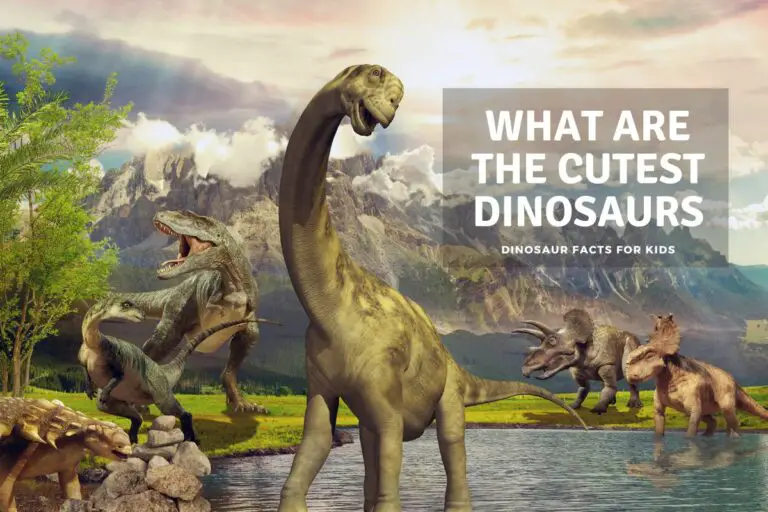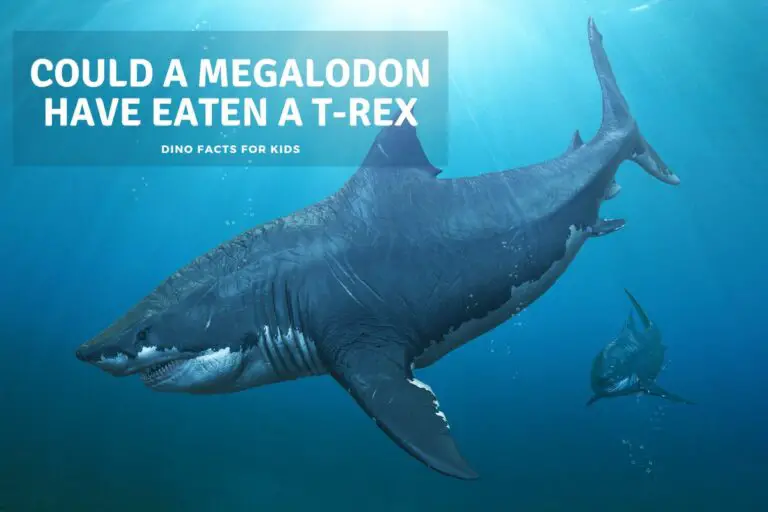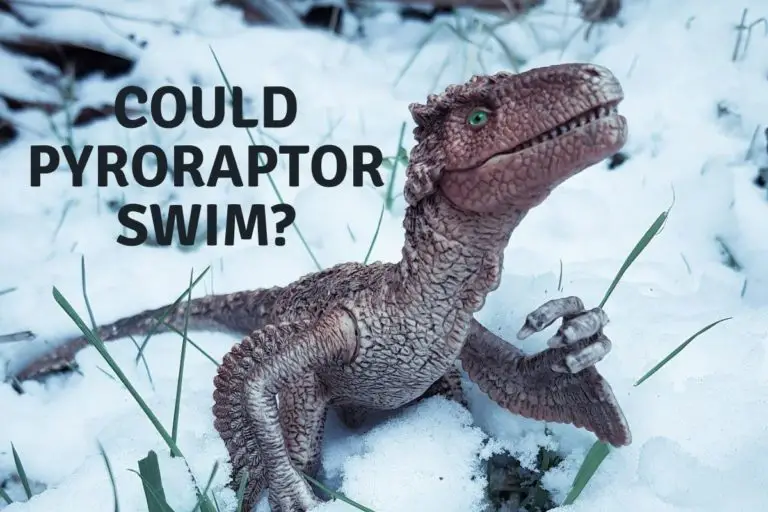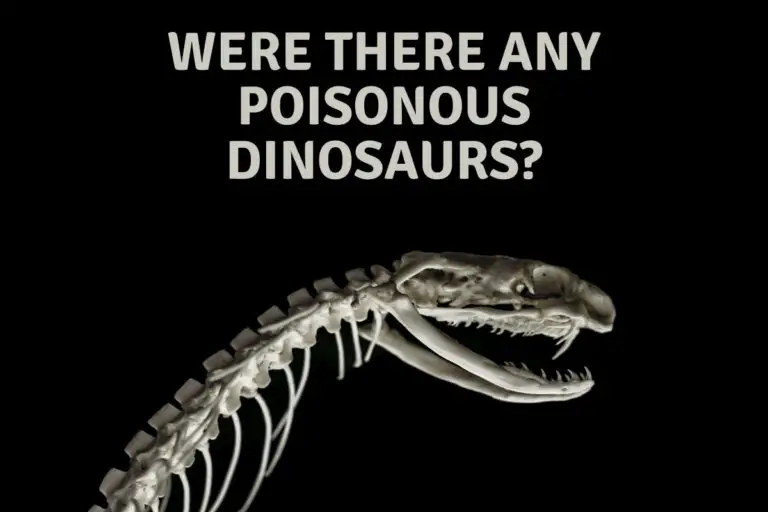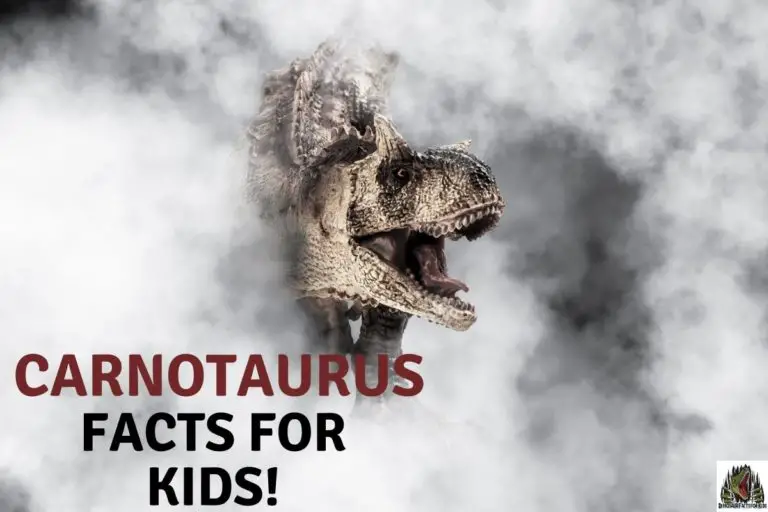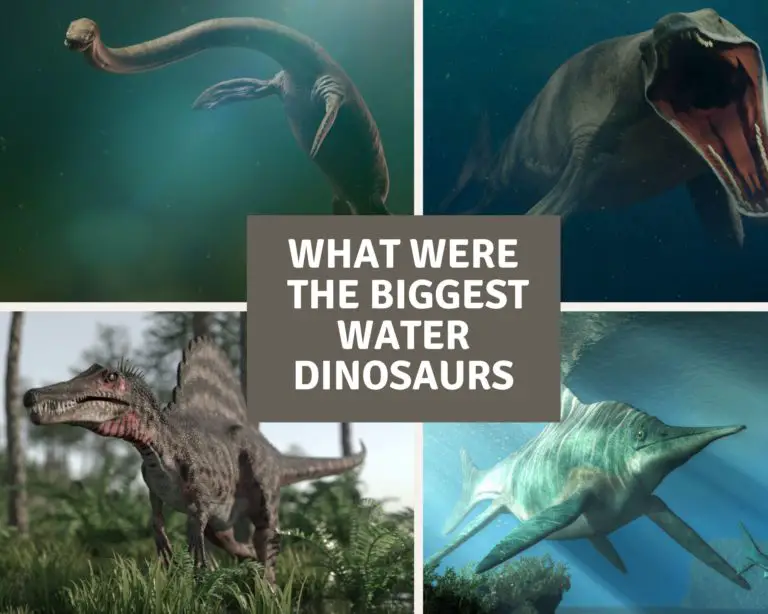Could a Megalodon live In The Mariana Trench?
Imagine if the largest shark that ever existed, a giant known as the Megalodon, was still alive today, lurking in the deepest parts of the ocean. Sounds like something straight out of a movie, right? and you would be right.
The Megalodon shark went extinct over 2 million years ago. suggestions that is may have survived in the deep ocean, and specifically the Mariana Trench are not scientifically feasible. The huge differences in pressure, temperature, and the lack of large prey makes it impossible for a megalodon to have survived.
The Meg movie introduced us to the concept that there was a lost a lost world protected in the ocean depths, and although the Meg was just one movie, with a sequel coming in August 2023, the novels on which they are based suggested more than 70 foot prehistoric sharks could have survived down there all these millions of years. We take a look if that idea has any basis in science in the article below.
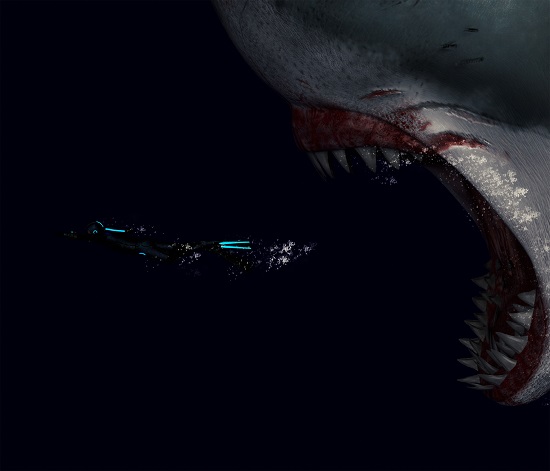
Can we see Megalodon today?
The Megalodon, a prehistoric beast, was enormous, with lengths reaching up to 60 feet – three times the size of a great white shark. It had massive, powerful jaws that could crush a car! However, current estimates suggests these gigantic sharks vanished around 3.6 million years ago.
Enter the Mariana Trench. This is the deepest part of the world’s oceans, reaching a staggering depth of about 36,000 feet. That’s deeper than Mount Everest is tall! It’s a dark, mysterious place where few creatures can survive due to the extreme pressure, low temperatures, and lack of light.
Now, what if a Megalodon could exist in this environment? Could it have adapted and survived in the deep, cold waters of the Mariana Trench?
In this article, we’ll dive into this intriguing question, exploring both the possibilities and the challenges. So, let’s get ready for a deep-sea adventure of prehistoric proportions!
Megalodon and the Mariana Trench
First, let’s get to know our two main characters a bit better – the Megalodon and the Mariana Trench. Both big, both famous but are they related in any way?
The Megalodon
The best comparison we can give the Megalodon was that it was like the T-Rex of the ocean. It roamed the seas during the Cenozoic Era, about 23 million to 2.6 million years ago give or takea few million years!
As mentioned before, it was massive – think of a school bus, and you’re getting closer but then add about 10 feet. Their diet mainly consisted of whales and large fish, and with teeth at 7 inches or about the size of your hand, they were top predators of their time.
But around 3.6 million years ago, they disappeared. scientists believe this was due to a combination of changes in climate, food supply, and competition with other shark species and toothed whales.
The Mariana Trench
Now, let’s dive (ha) into the Mariana Trench. Located in the Western Pacific Ocean, it’s the deepest part of our world’s oceans. To give you an idea of how deep it is, if you dropped Mount Everest into it, the peak would still be over a mile underwater!
The pressure there is over a thousand times what we experience at sea level, and temperatures are just above freezing. even in these extreme conditions, life still exists though not much.
Tiny organisms called foraminifera and amphipods, along with a few species of fish and invertebrates, have adapted to survive in this harsh environment.
So, we’ve got a gigantic, extinct shark, and the deepest, most inhospitable place in the ocean. The question now is, could these two possibly be linked? Could the mighty Megalodon have found a way to survive in the Mariana Trench?
The idea seems pretty wild, but let’s dive deeper and explore the possibilities and challenges that could come with such a scenario. Stick with us as we embark on this fascinating journey into the unknown!
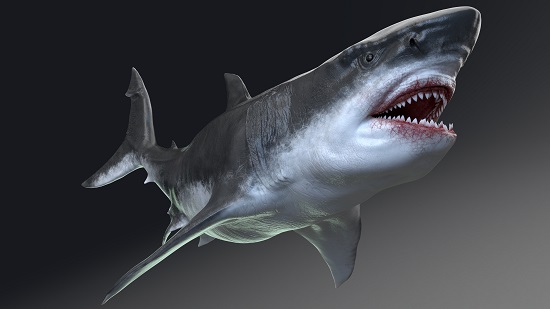
Could a Megalodon live in the Mariana Trench?
So now that we know a little more about our giant shark and the Mariana Trench, let’s see if there is anyway a Megalodon could survive in the Mariana Trench.
What does a Megalodon need to live in The Mariana Trench?
First, we need to understand what a Megalodon would need to survive. Its size suggests it would need a lot of food, probably something similar to its old diet of whales and large fish and although it may move less, or not need to ambush so often in the almost zero light it would still need a lot of calories to survive.
Plus, it’s believed that Megalodons were warm-water creatures, preferring areas where the water temperature was higher, the Mariana trench is close to freezing, and although in the novels and the film it explains this by sub ocean volcanic vents heating a layer at the bottom, it is unlikely this would be warm enough.
It also needed space, lots of it, given its colossal size so any area, even if warmer due to volcanic activity, would be unlikely to be large enough to allow a Meg to live.
Could an Animal As large as a Megalodon live in the Mariana Trench
Now as we mentioned above the Mariana Trench. is deep, dark, and very cold, quite a contrast to the warm-water habitats Megalodons likely preferred couple this with the fact that the pressure at that depth is intense – over a thousand times what we experience at sea level.
With a regard to a megs diet, at that depth it is mostly tiny creatures. The largest things down there are types of fish and invertebrates, but they’re nowhere near the size of the whales that Megalodons used to munch on.
Of course this is explained away in the movie and novels with a protected ecosystem that has allowed larger (much larger) life forms to evolve and survive. In the Meg novels by Steve Alten the Meg is far from the largest animal in the Mariana Trench and we discuss that in our article on what dinosaurs ( and animals) are in the Meg 2: The Trench movie.
Could Animals Evolve to live in the Mariana Trench
So, it seems like the Mariana Trench might not be the best place for a Megalodon. But, what if it could adapt? What if it could change its body to handle the pressure, find a way to keep warm, and maybe even adjust its diet?
Animals have made remarkable adaptations before. After all, there are creatures living in the Mariana Trench right now that have figured out how to survive in such extreme conditions. Could a Megalodon have done the same?
If there were areas that were not so cold in the depths of the ocean then that would allow larger lifeforms to evolve and may ( its a very big may though) provide food for the megalodon.
This is all theoretical. But it’s a fascinating thought. The idea that this enormous, prehistoric shark might still be swimming around in the deepest part of our oceans is certainly enough to send shivers down your spine.
However no such area has even been discovered, and we will look at why the meg really couldn’t survive at those depths in the next section.

Why Could a Megalodon Not Survive in the Mariana Trench?
While it’s thrilling to imagine a Megalodon hiding out in the Mariana Trench, there are some serious reasons to be skeptical. Let’s dive into these counterarguments.
Firstly, the Mariana Trench isn’t exactly a five-star restaurant for a Megalodon. Megalodons were big, and big creatures need lots of food. They likely feasted on large prey like whales. The Trench, however, doesn’t exactly have a buffet of giant sea creatures. It’s mostly home to small organisms like tiny crustaceans and microbes. This could leave a Megalodon feeling pretty hungry.
Secondly, we must consider the extreme conditions of the Trench. It’s incredibly cold down there, with temperatures just above freezing. It’s also pitch black, apart from the occasional bioluminescent creature. Megalodons, being warm-water creatures, might find this environment quite uninviting.
Then there’s the pressure. At the bottom of the Mariana Trench, the pressure is over a thousand times greater than at sea level. That’s like having 50 jumbo jets piled on top of you! It would be challenging, if not impossible, for a Megalodon to survive under such intense pressure.
Finally, and perhaps most importantly, there’s a lack of evidence. Despite the oceans being vast and largely unexplored, we’ve yet to find any sign of a living Megalodon. No giant teeth, no massive shadows caught on deep-sea cameras, nothing. Until we have solid proof, the existence of Megalodons in the Mariana Trench remains purely speculative.
So, while it’s exciting to imagine a Megalodon lurking in the depths of the Mariana Trench, the reality is that it’s highly unlikely. But hey, exploring the possibilities and asking “what if” is part of the fun of science and learning! Now, let’s move on to how this concept has been portrayed in popular culture.
Of course, let’s move on to section V:
The Megalodon in Pop Culture: Myth vs Reality
In the realm of pop culture, the idea of a Megalodon surviving in the Mariana Trench is a not a new one. Both the movie “The Meg” and the book series “MEG” by Steve Alten use this concept as a central plot point.
In “The Meg,” the Megalodon is said to live in a thermal layer beneath the Mariana Trench, hidden away from the rest of the ocean. This layer is portrayed as a sort of “lost world,” separated from the rest of the ocean by a layer of hydrogen sulfide.
It’s a fascinating idea, but in reality, such a layer doesn’t exist. While the ocean does have different layers with varying temperatures and conditions, none of them would provide the right environment for a creature like the Megalodon. Additionally, the presence of hydrogen sulfide in such high concentrations would be toxic to most, though admittedly not all, marine life.
In Steve Alten’s “MEG” series, the Megalodon also survives in the Mariana Trench, managing to withstand the extreme pressure and lack of food. However, as we’ve discussed earlier, the Mariana Trench’s conditions would make it very difficult, if not impossible, for a Megalodon to survive.
The lack of large prey, the freezing temperatures, and the immense pressure are far from ideal for a creature that was adapted to warmer, shallower waters.
The conditions in the Mariana Trench are far too harsh, and the lack of evidence for the Megalodon’s survival is compelling.
Expert Opinions
When dealing with a question as complex as the possibility of a Megalodon living in the Mariana Trench, it’s essential to turn to the experts: marine biologists, paleontologists, and other scientists who study the ocean and its past inhabitants.
Most scientists agree that it’s highly unlikely a Megalodon could survive in the Mariana Trench. Dr. Craig McClain, a marine biologist, has argued that the conditions in the Trench are not suitable for such a large creature. His work on “The Island Rule and the Evolution of Body Size in the Deep Sea” provides valuable insights into why a creature as large as a Megalodon would struggle to find enough food in such an environment
Paleontologists also point to fossil evidence, or rather, the lack of it. If Megalodons were still around, we would expect to find more recent fossils, but the youngest Megalodon fossils are from around 2.6 million years ago.
Finally, many experts argue that if Megalodons were still alive, we would have seen them by now. Despite the vastness of the oceans, humans have explored the Mariana Trench, and there has been no sign of this giant shark.
So, while the idea of a Megalodon hiding out in the Mariana Trench makes for a great story, the science suggests that it’s just that – a story. Nevertheless, the exploration of our oceans continues, and who knows what fascinating discoveries await us in its depths.
Conclusion
So, could a Megalodon really be living in the Mariana Trench? While it’s an exciting thought, the scientific evidence suggests it’s highly unlikely.
The extreme conditions in the Trench, coupled with the Megalodon’s size and dietary needs, make it an unsuitable habitat for such a giant creature. Plus, there’s the simple fact that we’ve found no evidence to suggest that these prehistoric sharks are still around and until that happens we can all sleep a little easier knowing that 60 foot long prehistoric shark is no longer around!
References
https://www.jstor.org/stable/3838549
Hi, I am Roy Ford a General Studies and English Teacher who has taught all over the world. What started as a fossil collection became a great way to teach, motivate and inspire students of all ages and all over the world about dinosaurs and from that and children’s love of dinosaurs came the site dinosaur facts for kids, a resource for all ages.

